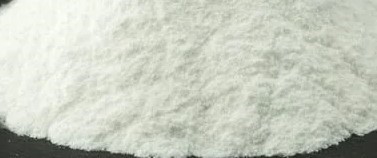Our Solutions for Vertex Agro
Our team has developed scientifically backed methods to reduce astringency in cashew nuts, minimizing Vertex Agro’s 5% revenue loss and enhancing export quality.

Enzymatic Treatment
Enzymes like tannase and laccase break down tannins into non-astringent compounds, ensuring a smooth taste.
- Materials: Peeled cashew kernels,Tannase/laccase, water, soaking container, oven.
- Steps: Soak roasted nuts in 1 g/L enzyme solution for 60 min, rinse, dry at 60°C.
- Advantages: Highly effective, non-toxic, precise.
- Disadvantages: Higher costs, potential mild coloration.

Salt Solution Soak
Soaking peeled cashew kernels in a solution of 0.5%–4.0% sodium chloride (NaCl) with 0.5% citric acid and 0.3% ascorbic acid effectively reduces astringency by leaching tannins through osmotic pressure. A 30-minute soak is optimal for balancing tannin removal and minimizing browning.
- Materials: Peeled cashew kernels, sodium chloride, citric acid, ascorbic acid, distilled water, 250 mL beakers, drying cabinet.
- Steps: Prepare a solution with 0.5%–4.0% NaCl, 0.5% citric acid, and 0.3% ascorbic acid in 200 mL distilled water. Soak 20 g of kernels for 30 minutes at 25–30°C. Rinse and dry kernels.
- Advantages: Cost-effective, reduces surface astringency, preserves flavor, inhibits browning with citric and ascorbic acids.
- Disadvantages: Requires rinsing to remove residual salt, limited to surface tannin removal, drying challenges with moisture retention.
Solution Evaluation
We’ve evaluated our solutions for effectiveness, sustainability, and cost to ensure scalability for Vertex Agro’s operations.
| Method | Effectiveness | Sustainability | Estimated Cost |
|---|---|---|---|
| Enzymatic Treatment | High | Low | High |
| Salt Solution Soak | Medium | Low | Low |
